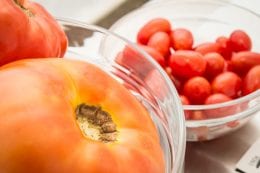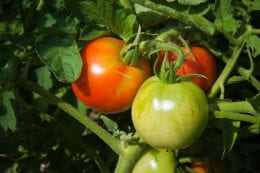
Photo: USDA Flickr
As fall approaches, those end of season unripe tomatoes are still usable. Be sure to pick them before a frost or freeze if canning them.
Unripe, or green, tomatoes can be preserved just like ripe tomatoes. So when canning them they still require acidification. Here are some ideas to can green tomatoes.
- Pickled Green Tomato Relish
- Pickled Sweet Green Tomatoes
- Piccalilli
- Fall Garden Relish
- Rummage Relish
- Oscar Relish
- Green Tomato Pie Filling
- Tomatillo Green Salsa—may use green tomatoes instead of tomatillos
- Spiced Green Tomatoes
Don’t want to can them, or it is after a frost or freeze? Then freeze them for later use.
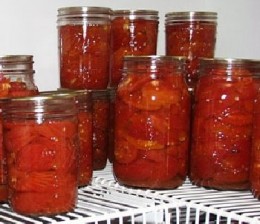
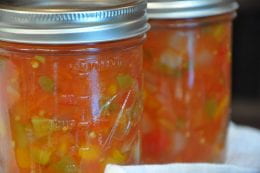
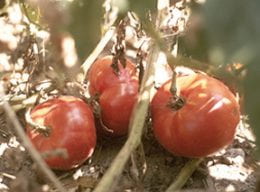 As fall approaches, fall gardens will start to wind down. Tomato plants may still be producing tasty tomatoes, which can be enjoyed fresh. But if a frost or freeze has occurred while tomatoes are on the vine, do not can those tomatoes. Preserve them by freezing or dehydrating for later use.
As fall approaches, fall gardens will start to wind down. Tomato plants may still be producing tasty tomatoes, which can be enjoyed fresh. But if a frost or freeze has occurred while tomatoes are on the vine, do not can those tomatoes. Preserve them by freezing or dehydrating for later use.